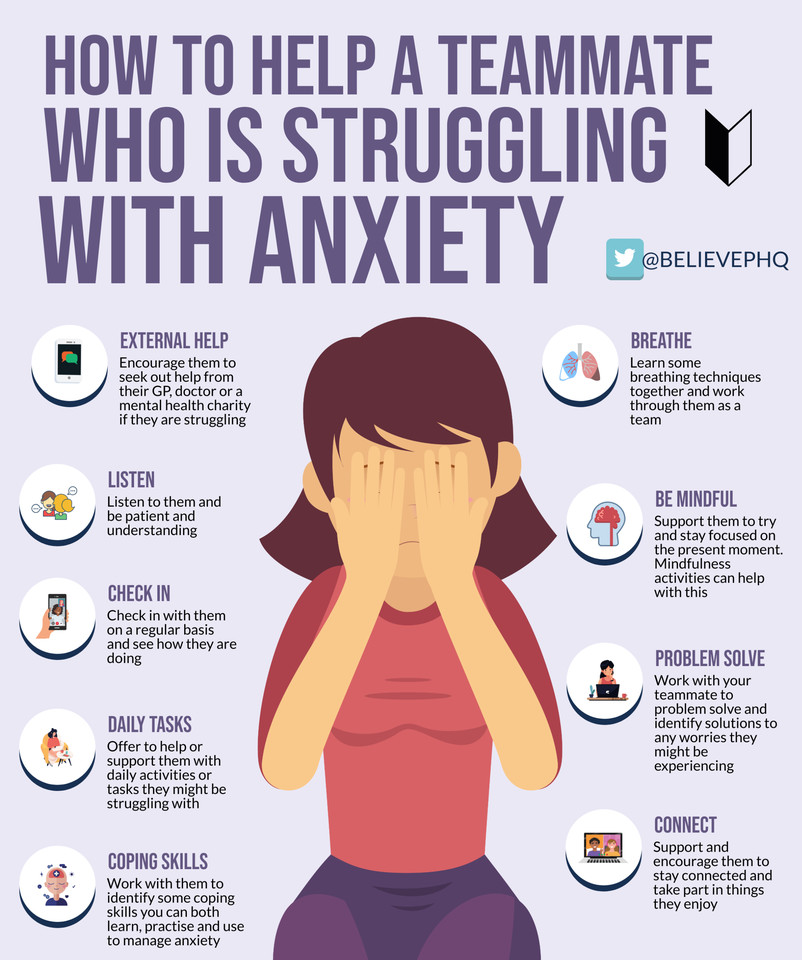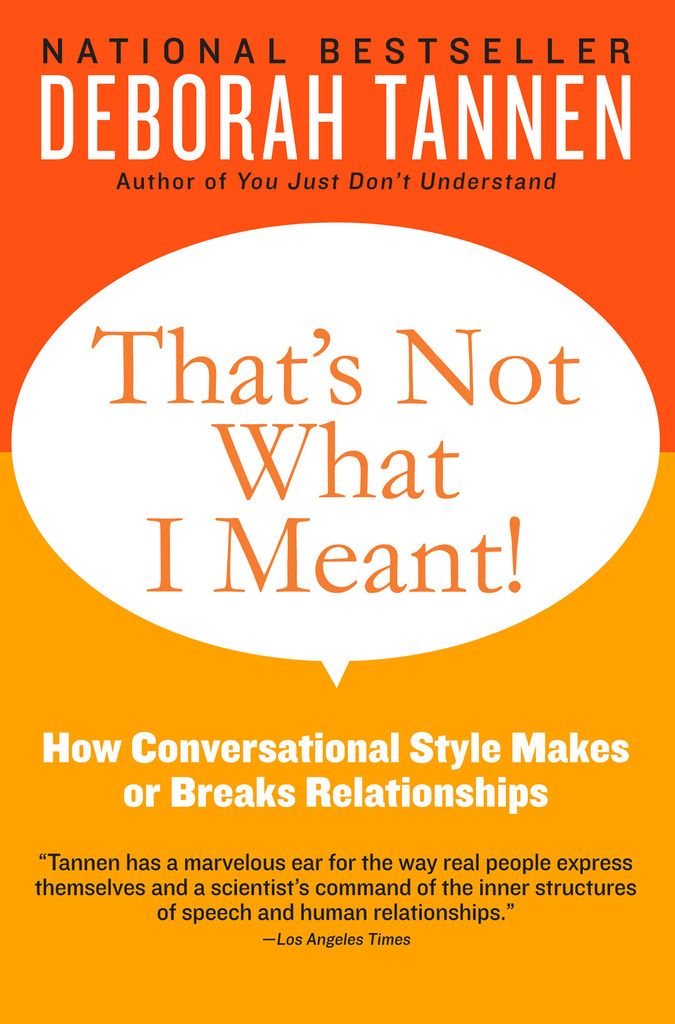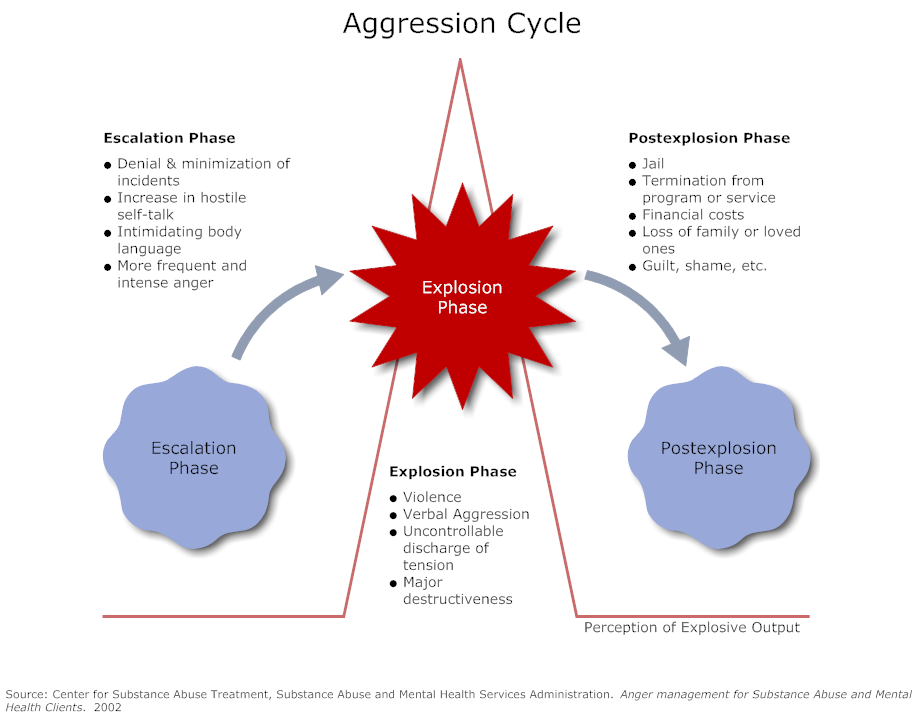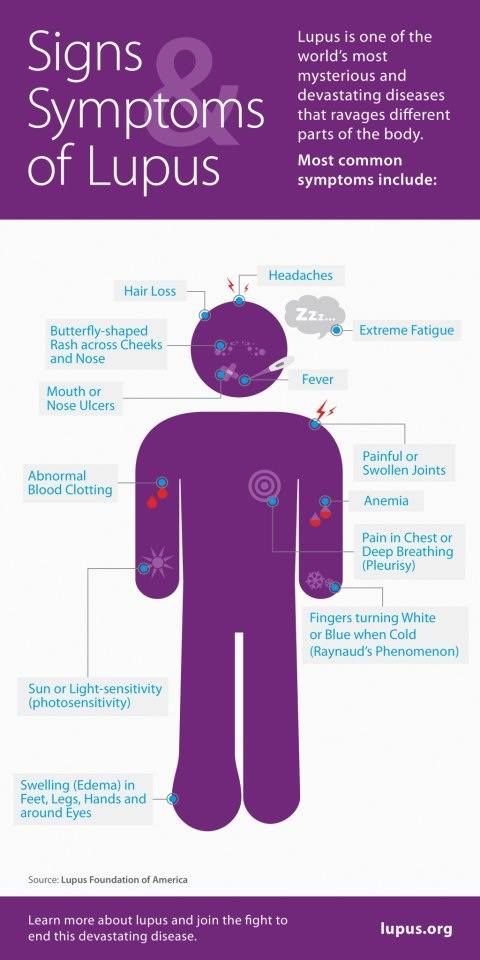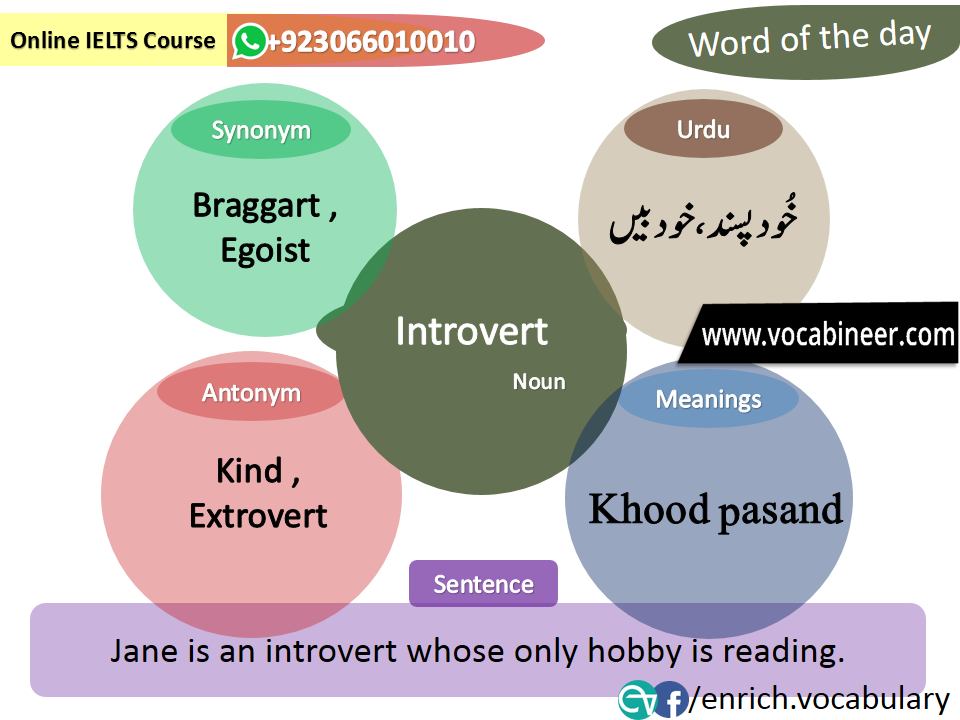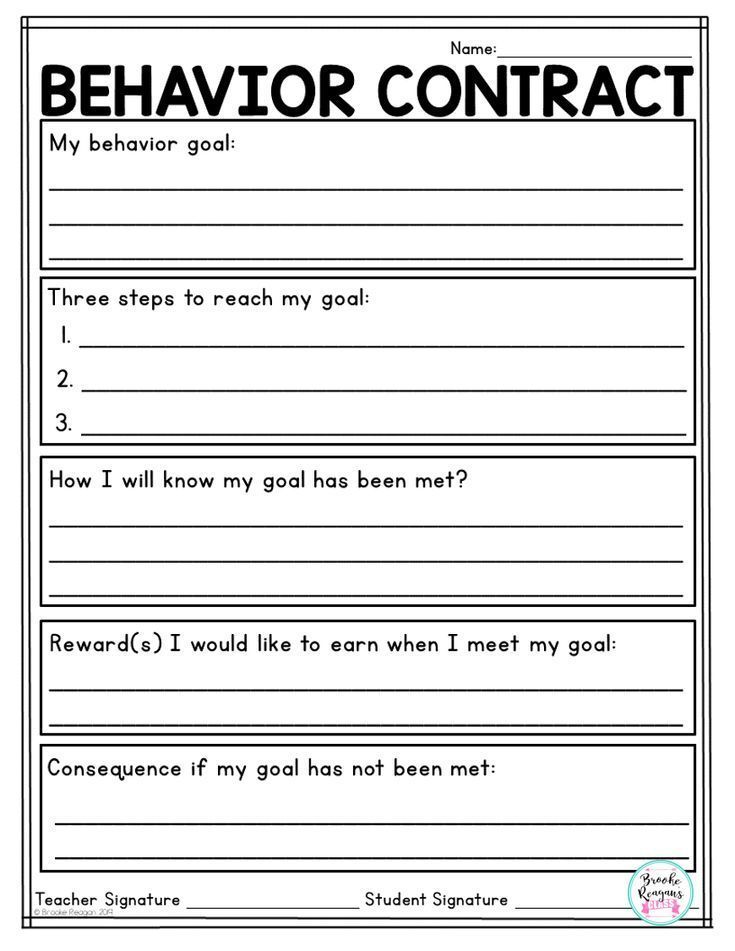Mindfulness panic attack
4 Ways to Curb a Panic Attack
My relationship with anxiety began as I neared the end of law school. There was so much pressure to “succeed,” to find a good job and validate the investment of three years of my life.
The panic attacks would come like waves. They would start slowly and then build momentum until I was completely overtaken. I would experience physical symptoms, like blurred or tunnel vision, and would feel like the ground had disappeared beneath my feet. I had a hard time catching my breath.
At the time I was not familiar with mindfulness and meditation and the significant benefits that could result from consistent practice. Eventually I learned how to change my relationship to my anxious thoughts and feelings through mindfulness practice, and in the process, found ways to curb the anxiety that used to overwhelm me.
Through mindfulness training we acknowledge that our thoughts and feelings are always changing, and learn to accommodate them with a sense of gentleness and acceptance.
![]()
Research has shown that mindfulness meditation is an effective way to reduce anxiety. Through mindfulness training we acknowledge that our thoughts and feelings are always changing, and learn to accommodate them with a sense of gentleness and acceptance. Through the process of focusing non-judgmental awareness thoughts, feelings, and sensations, we strengthen our ability to observe them without identifying with or being defined by them.
After many years of mindfulness practice, the panic attacks still come, but they arrive with much less frequency and intensity. When they do, I use a handful of methods to help me deal with them on the spot.
How to Curb a Panic Attack
1) Investigate
When I am in the grip of a particular fear, worry or anxiety, I ask myself two questions:
- Is it really true? I try to remember that my thoughts aren’t facts, and that they are transient. They are like the weather, passing through and changing all the time, so I don’t have to take them so seriously, or become attached to them.
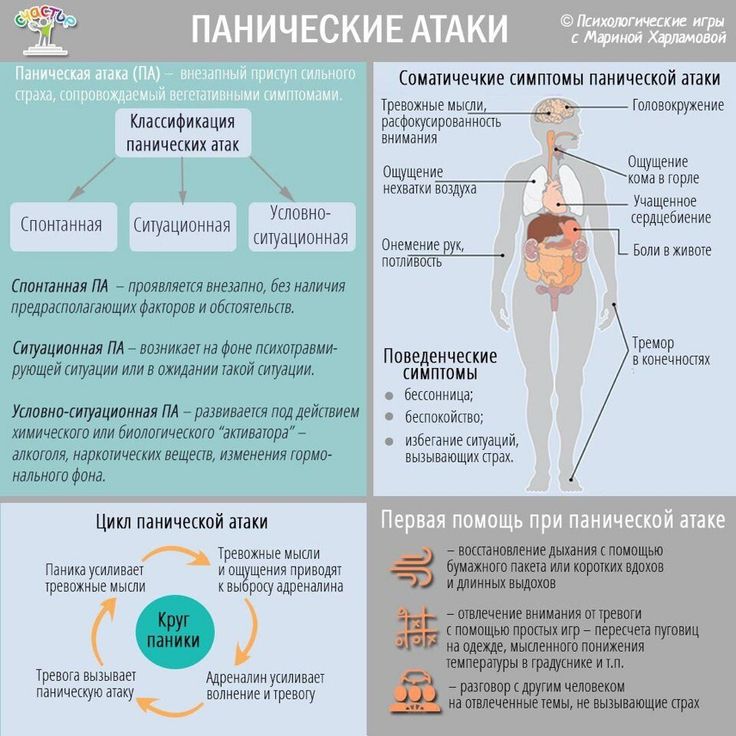
- Am I ok right now? Often my anxiety has to do with worry about the future, so it’s helpful to deliberately focus on what’s happening right now, in the present.
2) Shift into taking deep, relaxed breaths
When I am caught up in a swirl of anxious thoughts, I’ll switch my attention to something physical, like deep relaxing breaths, shifting myself out of the mental loop that perpetuates the anxious feelings and calming my nerves. For a few minutes focus on taking deep, calming breaths. Intentionally breathe slowly and deeply into your belly as you expand your lungs. Then without any effort, exhale naturally. Many people feel relief from anxiety after just a few minutes.
3) Connect to the senses
To create some distance from anxious, repetitive thoughts I’ll bring my attention to each of the senses, grounding myself in the present. Wherever you are, take a few, slow, deep breaths, and focus your awareness on your surroundings. Look around, and take notice of what you see. Just observe the variety of colors, shapes and textures of what you see, without necessarily forming an opinion. Then focus your awareness on sound. As you listen, notice what you hear in your environment.
Wherever you are, take a few, slow, deep breaths, and focus your awareness on your surroundings. Look around, and take notice of what you see. Just observe the variety of colors, shapes and textures of what you see, without necessarily forming an opinion. Then focus your awareness on sound. As you listen, notice what you hear in your environment.
Try listening to the quietest sound you hear, or the loudest sound you hear. See if you can listen without applying any labels to your hearing. Next, focus your awareness on your sense of smell. What do you smell? How many different scents can you detect? Finally, bring your awareness on your sense of touch. Reach down and touch the ground beneath you with your fingertips. Notice how many different sensations you feel. See if you can describe them without thinking about whether you like or dislike the sensations.
4) Visualize the release of anxious feelings as a cloud floating away in the sky
Take a moment to pause.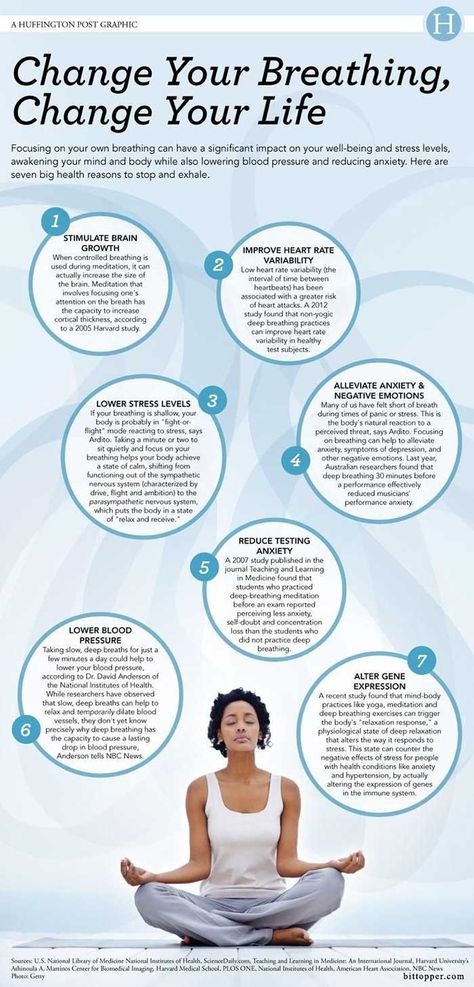 Feel the weight of your body and your feet firmly rooted to the ground. See if you can find where the sensation of anxiety is located in your body, such as in your stomach, chest, or head. Slowly and gently allow yourself to feel the sensation there. Then imagine that the uneasy sensation of anxiety has gathered in that location in the form of a dark cloud. Picture it all puffy and grey.
Feel the weight of your body and your feet firmly rooted to the ground. See if you can find where the sensation of anxiety is located in your body, such as in your stomach, chest, or head. Slowly and gently allow yourself to feel the sensation there. Then imagine that the uneasy sensation of anxiety has gathered in that location in the form of a dark cloud. Picture it all puffy and grey.
Take a deep breath, and as you exhale, imagine that the dark cloud is expelled from your body with your outgoing breath. See the dark cloud hanging in front of you a couple of feet away, and then watch as the cloud floats away slowly like a balloon. Keep watching the dark cloud float away until it completely disappears. Try this animation to visualize letting go of negative thoughts.
How to Manage Panic Attacks Through Mindfulness
“The room is full of executives, I am expected to say something important, strategic. As we go around the table introducing ourselves, I tell myself not to panic, it’s okay, but then I remember the last time this happened, and I know this is going to be bad.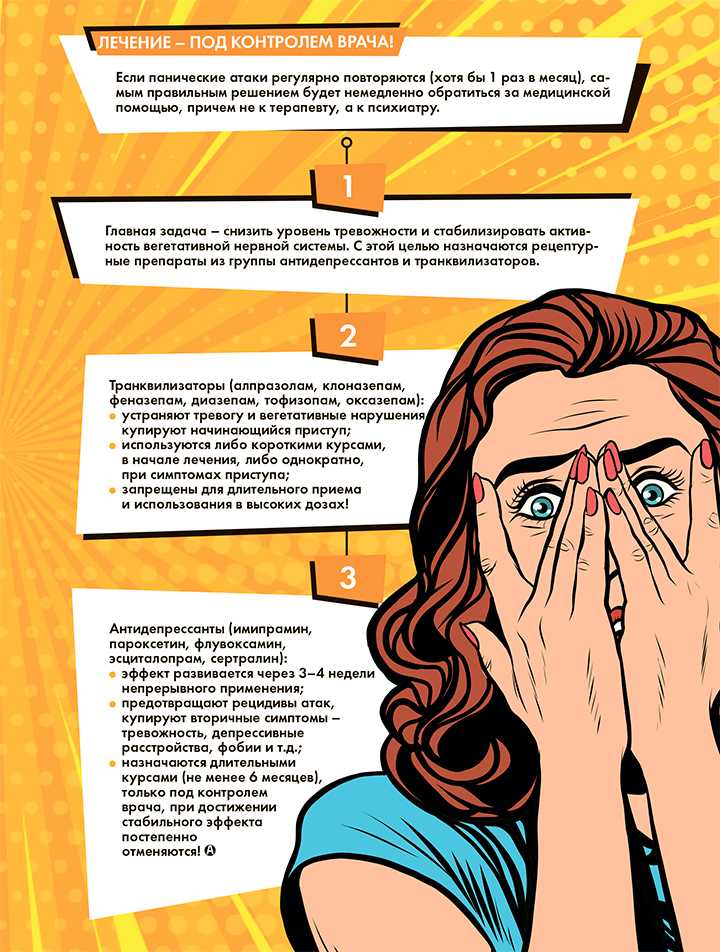 ”
”
This was the feeling someone once conveyed to me regarding the onset of their panic attack.
Panic Attack
Source: terovesalainen/Adobe Stock Photo
Anxiety disorders are typically characterized by feelings of intense fear or anxiety, or the anticipation of future threatening events and avoidance of any kind of anxiety-provoking situations to help diminish the person’s sense of fear and threat. A panic attack is a particular type of fear response. It involves an abrupt rush of high-intensity distress and discomfort in a situation and it reaches a maximum effect quickly, often within minutes (American Psychiatric Association, 2013).
According to the DSM-5, the symptoms of panic attacks include:
- Pounding heart, palpitations, or accelerated heart rate
- Trembling or shaking
- Sweating
- Smothering or sensations of shortening of breath
- Chest pain
- Feelings of choking
- Abdominal distress or nausea
- Chills or heat sensations
- Feeling dizzy, light-headed
- Numbness
- Fear of dying
- Feelings of unreality or being detached from oneself
- Fear of losing control
Panic attacks are a type of anxiety disorder that can hijack our sense of well-being. Panic attacks are defined as hyperphysical reactions to intense feelings of terror which emerge intermittently, rapidly peaking within minutes of their onset where there are at least four of the symptoms noted above to classify it as a disorder. The symptoms may often arise after a stressful life event such as a divorce, death of a loved one, loss of health or some other impact.
Panic attacks are defined as hyperphysical reactions to intense feelings of terror which emerge intermittently, rapidly peaking within minutes of their onset where there are at least four of the symptoms noted above to classify it as a disorder. The symptoms may often arise after a stressful life event such as a divorce, death of a loved one, loss of health or some other impact.
As the panic attacks continue, thoughts that activate the body’s nervous system and fight-or-flight mechanism may also be stimulated by the person’s hyper-focus and sensitization to other stressful potentials in their environment such as fear of exposure to COVID-19, fear of an uncertain future, fear of abandonment, and the list goes on. Typically one out of 75 people may experience a panic attack, and lately, there’s certainly been a lot more to feel panicked about.
The individual who experiences recurrent panic attacks over time can become frustrated by the uncertainty of when or where it will happen next. And therein continues the process of rumination and worry about the re-occurrence of future panic attacks which, in turn, may exacerbate the likelihood of another one, thus impeding the prospect of normal day-to-day functioning.
And therein continues the process of rumination and worry about the re-occurrence of future panic attacks which, in turn, may exacerbate the likelihood of another one, thus impeding the prospect of normal day-to-day functioning.
Panic attacks develop from a mind and body connection, as the symptoms of panic attacks are both physical and cognitive in nature. Looking at the list above, most of the symptoms are physical, which indicate the responsiveness of the body to panic and stress. When your mind perceives a threat, it signals the body to prepare for a “fight or flight” response. As a result of this, such physical symptoms may emerge.
Body and mind in balance
Source: GoodIdeas/Adobe Stock Photo
This is why studies have shown that activating the “relaxation response,” which is the opposite of “stress response,” helps manage panic attacks. Moreover, relaxation techniques help reduce the cognitive symptoms of panic and anxiety disorders, such as engaging applied relaxation for generalized anxiety disorder.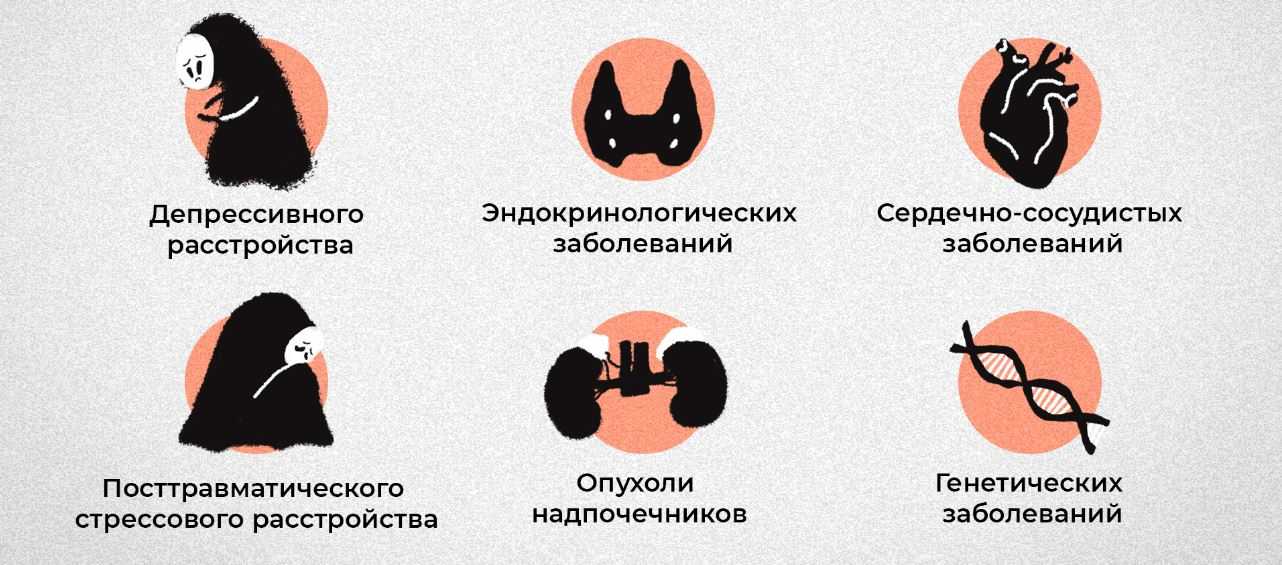 Some of the more common relaxation techniques that a person experiencing panic attacks can utilize are yoga, deep breathing, massage, visualization, progressive muscle relaxation, and mindfulness meditation.
Some of the more common relaxation techniques that a person experiencing panic attacks can utilize are yoga, deep breathing, massage, visualization, progressive muscle relaxation, and mindfulness meditation.
Mindfulness Meditation for Panic Attacks
Mindfulness meditation is a well-known technique used in clinical practice. It is based on the Buddhist concept that human suffering depends on how you deal with negative processes of your mind. For instance, when you focus on negative emotions, you tend to increase your distress and suffering.
gray rocks on body of water during daytime
Source: Ralf Kunze/Pixabay
Hence, mindfulness teaches a new way to relate to negative feelings by focusing on the present moment and utilizing strategies and techniques of observing, non-reacting, acting with awareness, and nonjudging. Although the exact mechanism behind the efficacy of mindfulness may not be known, focused attention, self-awareness, and emotional regulation play the central role.
As mentioned, a panic attack is a sudden and intense surge of fear and discomfort accompanied by ratcheted-up feelings of uncertainty of not knowing under what circumstances something will trigger the next attack. Considering this, people who can “tolerate” uncertainty better can interpret their bodily sensations as less threatening, and in turn, experience less frequent panic attacks. In this case, mindfulness-based cognitive therapy or MBCT can also help. Here are several forms of applying mindfulness in your daily life. It is an easy practice to follow if you understand the pillars of mindfulness.
7 Pillars of Mindfulness:
- Non-judging
- Patience
- Beginner’s mind
- Trust
- Non-striving
- Acceptance
- Letting go
With these pillars, you can learn to become more mindful of your present moment without ruminating about the past and worrying about the future.
How to Get Started with Mindfulness Meditation
A good way to start practicing mindfulness is through meditation using an approach known as calm abiding.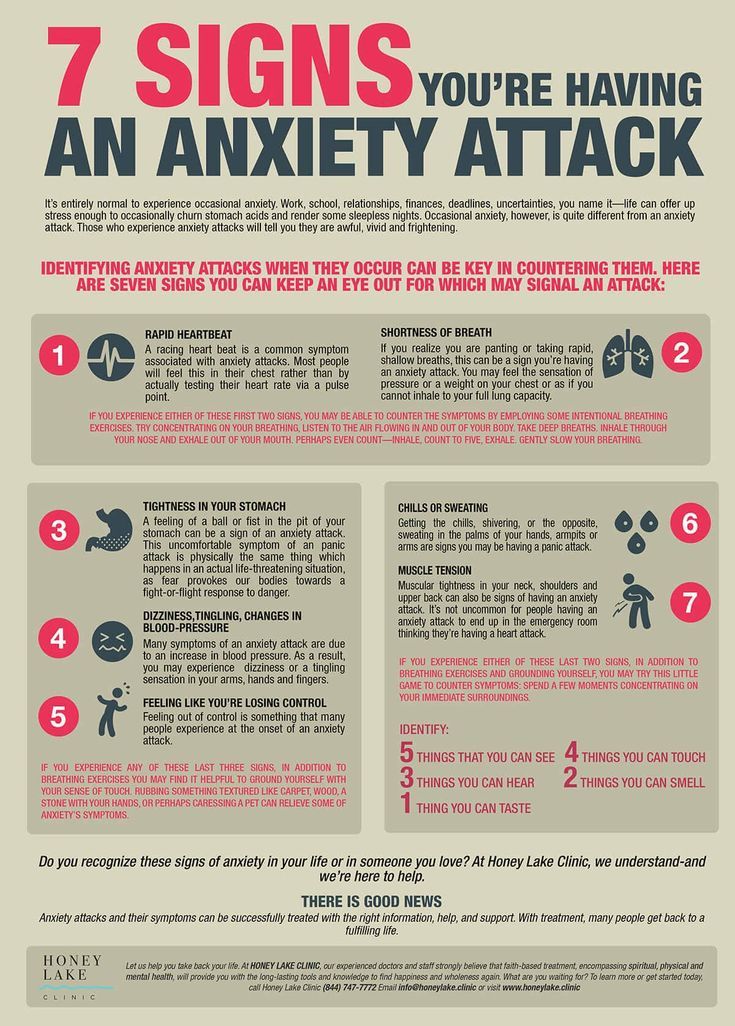 Calm abiding may be defined as a process for allowing the mind to rest on an object referent or one-pointedly on something other than distractive thoughts.
Calm abiding may be defined as a process for allowing the mind to rest on an object referent or one-pointedly on something other than distractive thoughts.
To begin meditation, grab a pillow or bolster you can use to sit on and find a comfortable position on the ground with legs crossed. Alternatively, you may choose to sit in a chair if that is more accessible and comfortable. Your hands should rest on your knees, and your back should be straight. This immediate focus on posture will begin to train your mind in a more directed way.
As you sit, try taking a few deep, relaxing breaths in and out, allowing your breathing to slow to an eventual calming pace that feels good. Engaging a one-pointed approach, you will want to find an object to focus on such as a flower, a candle, or a picture on the wall.
Utilizing a tangible object to focus on is a form of external support for the mind. As you narrow your focus on the object, still breathing calmly and slowly, notice the object's features, allowing your eyes to study its aesthetics such as colors, curves, patterns, textures, and nuances.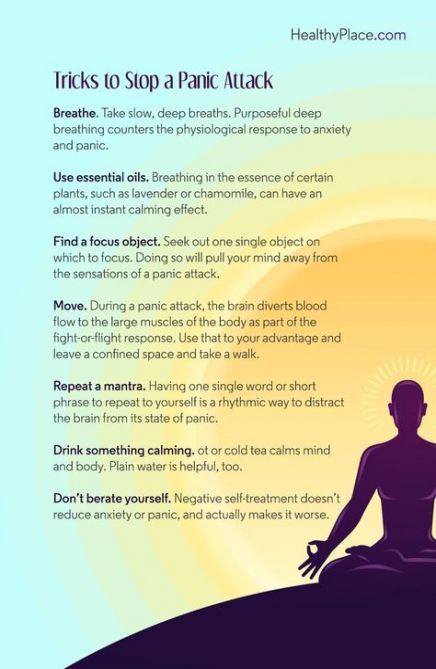 The goal is to concentrate on the object, allowing all other thoughts to move away.
The goal is to concentrate on the object, allowing all other thoughts to move away.
Taking three to five minutes a day to begin this method of meditating is a good start. As your ability to meditate and engage mindfulness grows with time, intrusive and distracting thoughts will begin to subside with practice.
Meditation will teach you to get to know what thoughts lead you to anticipation, fear of uncertainty, and how you can manage your cognitive and physical symptoms. Similarly, through practicing mindfulness, you can train your mind and body to enter into relaxed states to help you in the present moment. Hence, mindfulness is an effective and widely used technique to calm our thoughts, help re-orient focus and potentially eliminate the symptoms of panic attacks, helping you manage the challenges of panic attacks.
How to get rid of panic attacks with the help of mindfulness
Practices of awareness, acceptance, relaxation based on meditation every year penetrate deeper into the world psychotherapeutic practice, help a huge number of people to forget about panic attacks for life. Without meditation, it is impossible to imagine Acceptance and Commitment Therapy (ACT), Mindfulness-Based Stress Relief Therapy (MBSR). Meditation is used in cognitive behavioral and dialectical behavioral therapy to work with anxiety and panic. nine0003
Without meditation, it is impossible to imagine Acceptance and Commitment Therapy (ACT), Mindfulness-Based Stress Relief Therapy (MBSR). Meditation is used in cognitive behavioral and dialectical behavioral therapy to work with anxiety and panic. nine0003
Studies show that meditation helps control emotions, improves attention, activates parts of the brain responsible for relaxation and calmness, reducing anxiety.
It turns out that in order to get rid of panic attacks, you just need to learn how to meditate? No, it's not that simple.
There is bad news and good news.
Bad news
“Nikolai, I have been meditating every day for several months, but fear and anxiety do not go away! I actually got worse! What am I doing wrong?" nine0003
I get this question very often.
The fact is that meditation is not a panacea, but a means of therapy. It is only a tool, albeit a very reliable and effective one. If it were possible to eliminate the cause of panic and anxiety by sitting with closed eyes, then there would be no need to create entire mindfulness training programs, visit a psychotherapist, take online courses.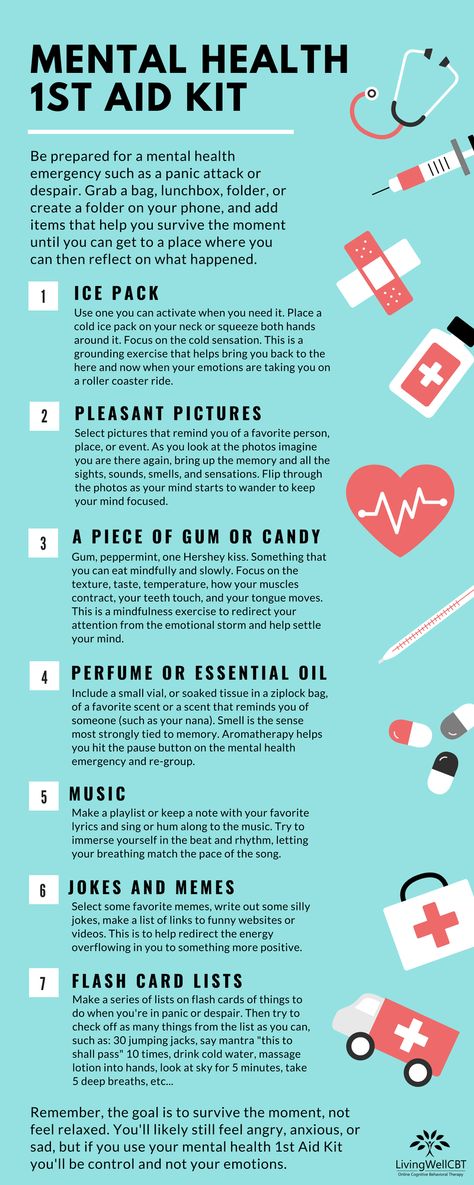
It would be enough just to teach people meditation and wait for their panic attacks to pass. But practice clearly demonstrates that just sitting is not enough! Just like a hammer and nails in hand is not yet a house, 30 minutes of sitting still a day is not yet a happy and peaceful life. nine0003
To achieve your goal, you must be able to use the mindfulness tool to eliminate the causes of panic attacks. Without these skills, you will stand still, continuing to experience new attacks day after day.
Good news
Of course, meditation has great potential in dealing with anxiety and panic attacks. I consider this to be the most advanced tool on the "anxious front". I myself got rid of panic attacks with the help of meditation. nine0003
But meditation is not just another relaxation technique. Not a "magic pill". And an exercise that allows you to work with your personality in order to get rid of the causes of psychological problems. This is a daily training of mental skills useful to every person.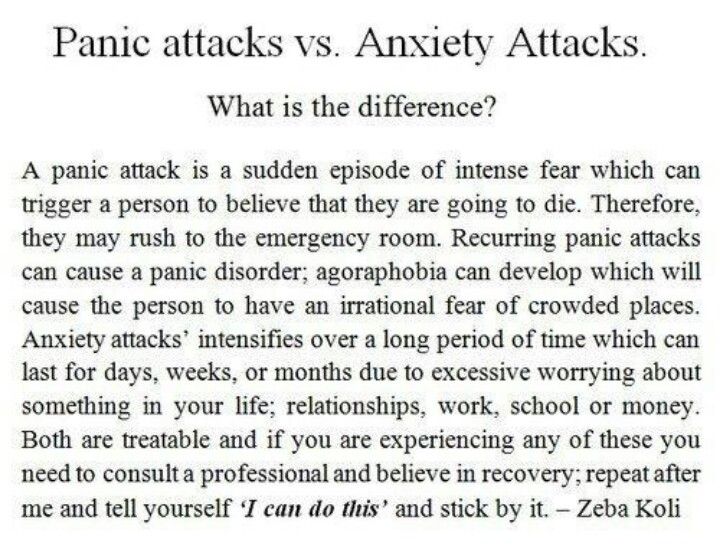 This is an individual self-therapy session where you become a psychotherapist and a client in one person.
This is an individual self-therapy session where you become a psychotherapist and a client in one person.
And it is not enough just to know "how to meditate properly." It is necessary to understand how to apply these skills against anxiety and panic and how to use the potential of meditation to the maximum, let go of fears, anxious thoughts, resolve internal conflicts, but only “relax”. nine0003
And the good news is that you don't have to attend lengthy programs, go to a therapist to learn how to be your own therapist.
In my webinar, I will teach you how to use meditation to get rid of panic attacks and anxiety once and for all.
After completing the webinar, you will be able to:
- Learn to let go of anxious thoughts during a panic attack
"I'm going crazy!" "I'm going to have a seizure!" "It will never end!", "I'm about to lose control!"
Familiar? Me too. But there is a skill that will help you let go of these thoughts.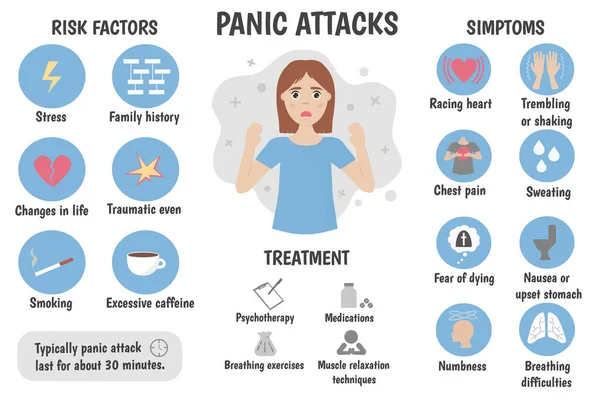
- Learn to accept and let go of fear through meditation skills
Think about how often during an attack you resist unpleasant symptoms. I think it happens every time and it's natural. But psychologists say that such a reaction only exacerbates the situation. Through meditation, you will learn a different, much more effective way to respond to fear and let it go. nine0003
- Understand how to deal with anxiety about new attacks, "fear of fear"
For me personally, the most unpleasant thing about panic attacks was not the attacks themselves. And anxious expectation about their appearance. It is this anxiety, the "fear of fear" that makes PA come back with renewed vigor. You will learn how to deal with this fear through meditation, the principles of acceptance and mindfulness.
- Be willing to work through your phobias
Panic causes many people to avoid places or situations. Are you afraid to be in crowded places because of panic? Or do you have a fear of public speaking? “What if the seizure happens in public?” Mindfulness makes it possible to get rid of avoidance, which also leads to new attacks of PA. And we will study this too.
Are you afraid to be in crowded places because of panic? Or do you have a fear of public speaking? “What if the seizure happens in public?” Mindfulness makes it possible to get rid of avoidance, which also leads to new attacks of PA. And we will study this too.
- Be your own psychotherapist
Negative emotions, repressed feelings, destructive attitudes - all this can cause panic attacks. How can you learn to work with your personality through meditation? How can mindfulness help us solve our inner problems, understand our true desires and goals? nine0003
- Master the technique of meditation
You will learn the technique of meditation and will be able to ask your questions about the correct execution. I will also cover aspects of “informal” practice, how you can meditate while doing your daily activities: in the shower, while eating, walking, etc. And how to organically integrate the practice of meditation into your life.
Of course, meditation is not the only way to deal with panic attacks. But already through practice, you can significantly improve your condition or get rid of anxiety altogether. You will work out exactly the causes of your problem, and not only deal with the consequences, drowning out the symptoms. nine0003
In my webinar, I'm also going to provide up-to-date information about panic disorder and panic attacks. I will explain what causes panic attacks, what makes them come back. After all, a competent understanding of the problem already makes a significant contribution to its solution!
What is a panic attack and who can get it? //Psychological newspaper
- #practice
- #emergency counseling
- #clinical psychology
- #coronavirus
- #COVID-19
Author
- Kruglyakova Elena Gennadievna
In the context of the coronavirus pandemic, fear and anxiety have become constant companions of many people.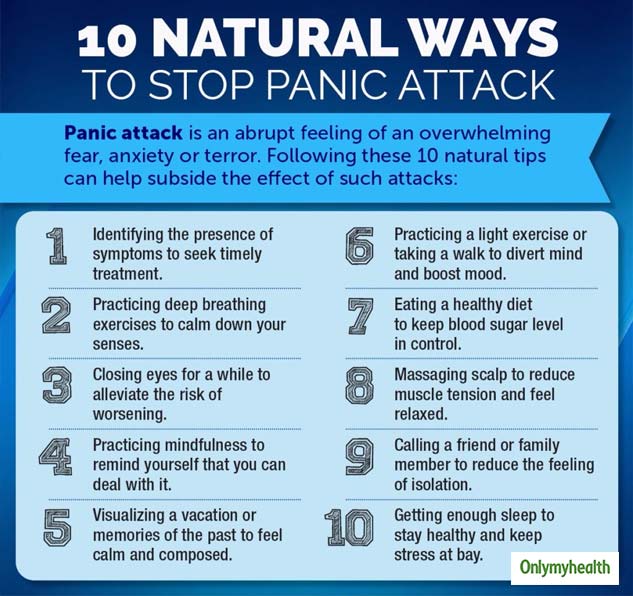 But how far can a panic attack go? What is a panic attack? And how to understand if it threatens you or your loved ones? These questions were answered by Elena Kruglyakova, a clinical psychologist, Jungian analyst, teacher at the ReForma.Life school and the Moscow Institute of Psychoanalysis :
But how far can a panic attack go? What is a panic attack? And how to understand if it threatens you or your loved ones? These questions were answered by Elena Kruglyakova, a clinical psychologist, Jungian analyst, teacher at the ReForma.Life school and the Moscow Institute of Psychoanalysis :
“A panic attack is a sudden, inexplicable, severe and painful attack of anxiety for a person, accompanied by both a feeling of fear and various vegetative and bodily symptoms. It can occur in a certain situation, then it is called a “situational panic attack”, or it can occur spontaneously, without any reason, then this attack is called a “spontaneous panic attack”.
Why does a panic attack occur? In what situation can it occur? There may be several reasons. For example, a drastic change in life situation, life context is what we are all experiencing right now. The man lived a normal life, there are serious changes for which he was not ready. This is a great stress for a person, and he can provoke such a syndrome.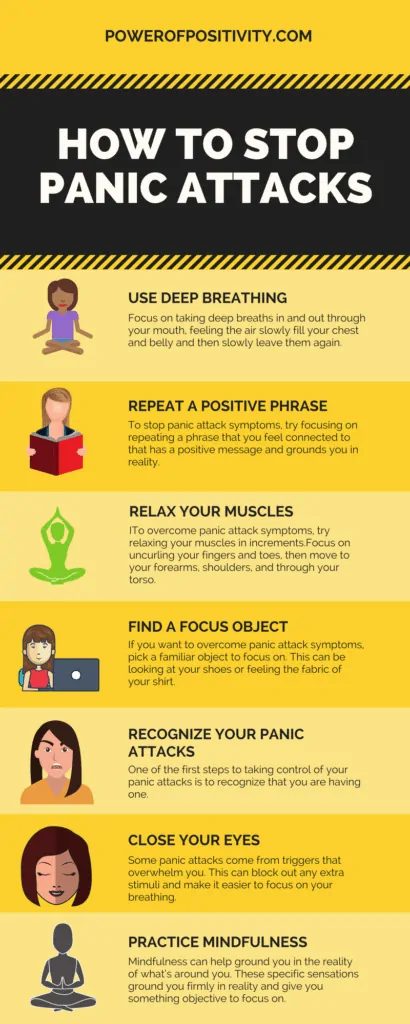 This may be a healthy person who has severe nervous overloads, mental overloads in his life, he is subject to stress, overwork, he works at a job that does not satisfy him, these may be problems associated with personal life, family, dissatisfaction with the standard of living. A person loses meaning and may begin to experience these difficult conditions. A panic attack can be associated with a situation from the past, for example, from a person’s childhood: for some reason, a traumatic situation has become fixed in the mind, and now, every time a person gets into a similar situation, a person experiences a panic attack. nine0003
This may be a healthy person who has severe nervous overloads, mental overloads in his life, he is subject to stress, overwork, he works at a job that does not satisfy him, these may be problems associated with personal life, family, dissatisfaction with the standard of living. A person loses meaning and may begin to experience these difficult conditions. A panic attack can be associated with a situation from the past, for example, from a person’s childhood: for some reason, a traumatic situation has become fixed in the mind, and now, every time a person gets into a similar situation, a person experiences a panic attack. nine0003
This syndrome mainly affects women: they have panic attacks twice as often as men.
If we are talking about the age group, then these are mature people aged 35 to 50 years. But cases of panic attacks in adolescents have been noted, when a boy or girl is preparing to enter adulthood, they must begin to take responsibility, this is often experienced very hard.